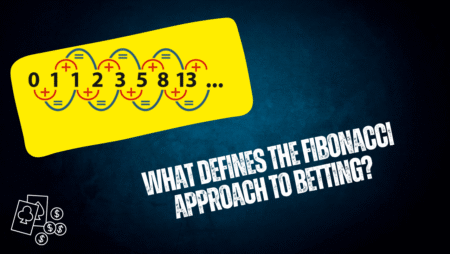

The Fibonacci betting system represents one of the most mathematically elegant approaches to wagering, drawing its foundation from a numerical sequence discovered by Leonardo Fibonacci in the 13th century. This progressive betting strategy has captured the attention of gamblers and mathematicians alike, offering a structured method for managing stakes that differs significantly from other popular systems.
Understanding the Fibonacci Sequence
At its core, the Fibonacci sequence begins with 0 and 1, with each subsequent number being the sum of the two preceding ones: 0, 1, 1, 2, 3, 5, 8, 13, 21, 34, 55, and so forth. In betting applications, players typically start with the third number in the sequence (1) and progress through the pattern based on their wins and losses.
The mathematical beauty of this sequence lies in its natural occurrence throughout nature and its unique properties. Each number represents approximately 1.618 times the previous number as the sequence progresses, creating what mathematicians call the golden ratio. This inherent harmony makes the Fibonacci system appealing to those who appreciate structured, logical approaches to risk management.
How the Fibonacci Betting System Works
The Fibonacci betting strategy operates on a simple principle: advance one step in the sequence after each loss and retreat two steps after each win. For example, if you begin with a one-unit bet and lose, your next wager becomes one unit again. Another loss moves you to two units, then three, five, eight, and so on.
When you achieve a win, you move back two positions in the sequence. This backward movement is crucial because it allows players to recover losses while maintaining the system’s mathematical integrity. The idea is that wins will eventually offset losses due to the sequence’s progressive nature, though this doesn’t guarantee profits.
Practical Application and Strategy
Successful implementation of the Fibonacci system requires discipline and careful bankroll management. Players must establish their base unit size conservatively, typically representing no more than 2-3% of their total betting bankroll. This conservative approach helps ensure survival during inevitable losing streaks.
The system works best with even-money bets where the probability of winning approaches 50%, such as red or black in roulette, or pass/don’t pass in craps. These bets provide the optimal risk-to-reward ratio for the Fibonacci progression to function as intended.
Experienced practitioners often set strict win and loss limits before beginning a session. A common approach involves stopping after achieving a predetermined profit target or reaching a specific point in the sequence to prevent catastrophic losses.
Advantages and Limitations
The Fibonacci system offers several advantages over more aggressive progressions like the Martingale. The betting increases are more gradual, requiring a smaller bankroll to withstand losing streaks. Additionally, the two-step retreat after wins means that a single victory can recover multiple previous losses.
However, the system isn’t without limitations. Extended losing streaks can still lead to substantial bet sizes, and like all betting systems, it cannot overcome the house edge inherent in casino games. The Fibonacci approach manages risk rather than eliminating it.
The Bottom Line
The Fibonacci betting approach represents a sophisticated method for managing wagers that appeals to players seeking structure and mathematical foundation in their gambling activities. While it cannot guarantee success, it provides a disciplined framework for bet sizing that has stood the test of time. Success with any betting system ultimately depends on understanding its limitations, maintaining strict discipline, and never wagering more than you can afford to lose.





